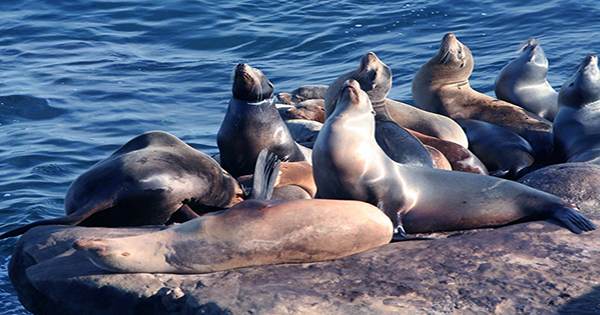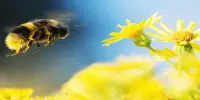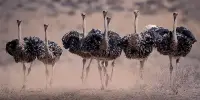Dr. Rachel Gray of the University of Sydney had no clue her tool would become the center of a cultural war before it was released when she set out to help Australian sea lions.
The data are in now, and she and her co-authors have demonstrated that a dab of ivermectin on the back of a sea lion pup’s neck might be crucial to the species’ survival. Many other seals and sea lions might also benefit.
The advertising of ivermectin against COVID-19, which is based on a mix of poor and misleading research, has the unfortunate side effect of tarnishing the image of a magnificent medicine. There’s a reason ivermectin was awarded the Nobel Prize for its discovery, and its advantages extend to a wide spectrum of animals troubled by parasitic infections, both internal and external.
Hookworms (Neophoca cinerea) are so common in Australian sea lions (Neophoca cinerea) that 100 percent of newborns infected through their mothers’ milk within days of birth. As many as 40% of pup fatalities are caused directly by the parasites’ anemia, while delayed development leaves the remainder more sensitive to other causes, resulting in a 64 percent drop in progeny in three generations. Gray illustrates that there is hope in the International Journal of Parasitology: Parasites and Wildlife.

Hookworm infections are also found in other seals and sea lions, while Australian sea lions (N. cinerea) are particularly vulnerable due to their population being decimated by sealers. Ivermectin injections have been found to be a successful therapy in similar species in the past. “Anything that includes sharps in a field situation is a challenge,” Gray told, demanding a degree of knowledge that is not always available.
Gray and student Scott Lindsay decided to try a simpler method at Dangerous Reef, South Australia, by splitting the fur on the back of a pup’s neck and injecting ivermectin in a viscous fluid into 27 pups, a total of 29 people have given ivermectin injections, with an equal number of people acting as controls.
Following recapturing, the authors discovered that both ivermectin groups were virtually completely free of hookworm infection, with topical ivermectin being 96.4 percent successful and injectable ivermectin being 96.8% effective. They are also mostly shielded from lice, which are not fatal but can worsen health problems caused by other factors.
Gray told that she thinks rangers can use the therapy on puppies they come across, but she is still looking for a way to keep everyone safe from the pups’ razor-sharp teeth. Despite the fact that the pups are dispersed throughout 3,000 kilometers (1,864 miles) of Australia’s coastline, often in remote locations, 40% are born and raised on only four beaches, affording ideal prospects to reverse dwindling numbers. Gray told that the sea lions and hookworms had coexisted for a long time and that deaths were not previously so prevalent.
Pollutants or other stresses are considered to make the pups more susceptible, even in a relatively undisturbed section of the planet, but the actual cause is unclear, making it difficult to address.
















